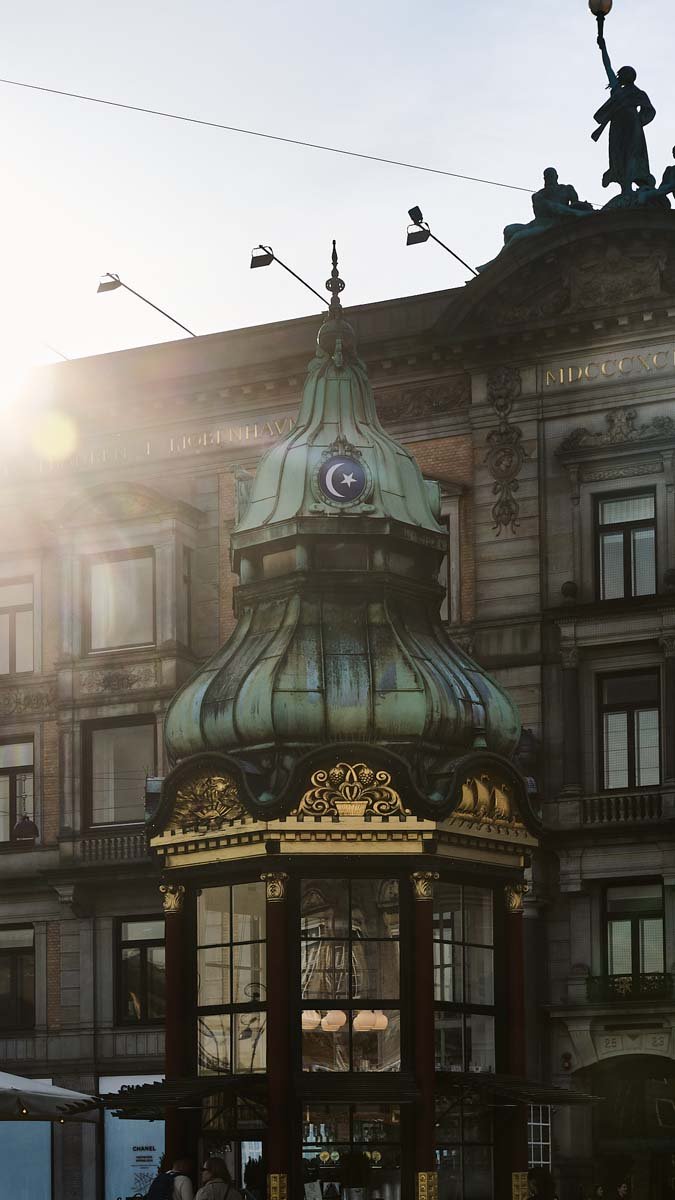
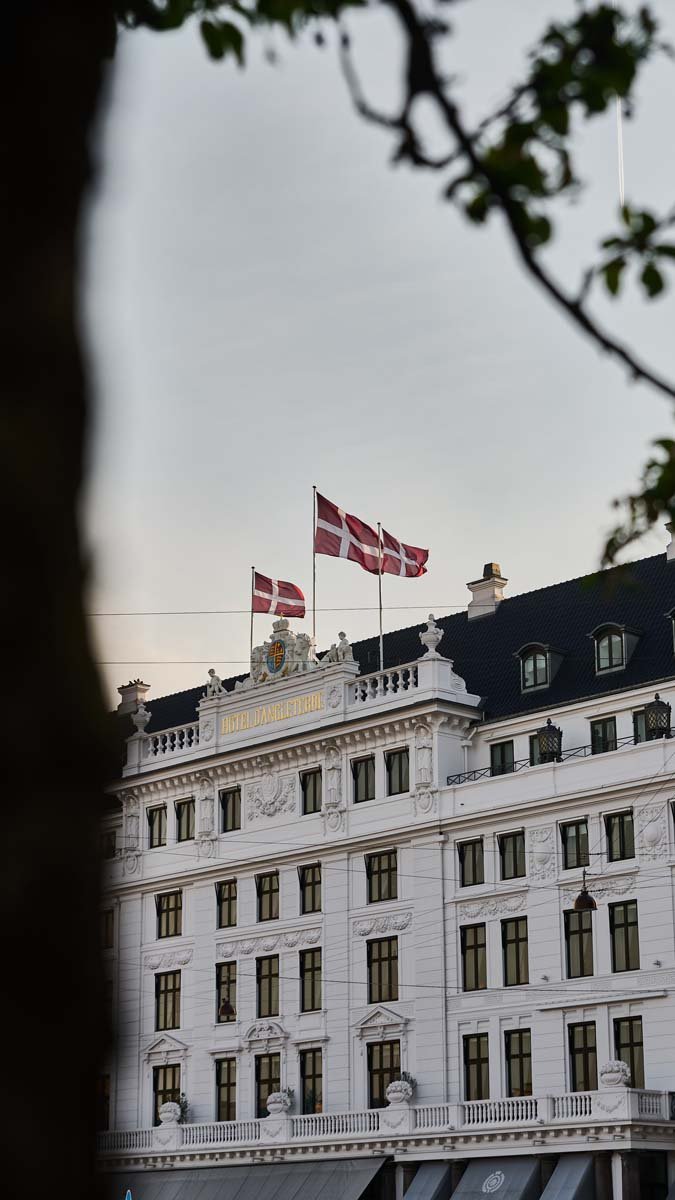
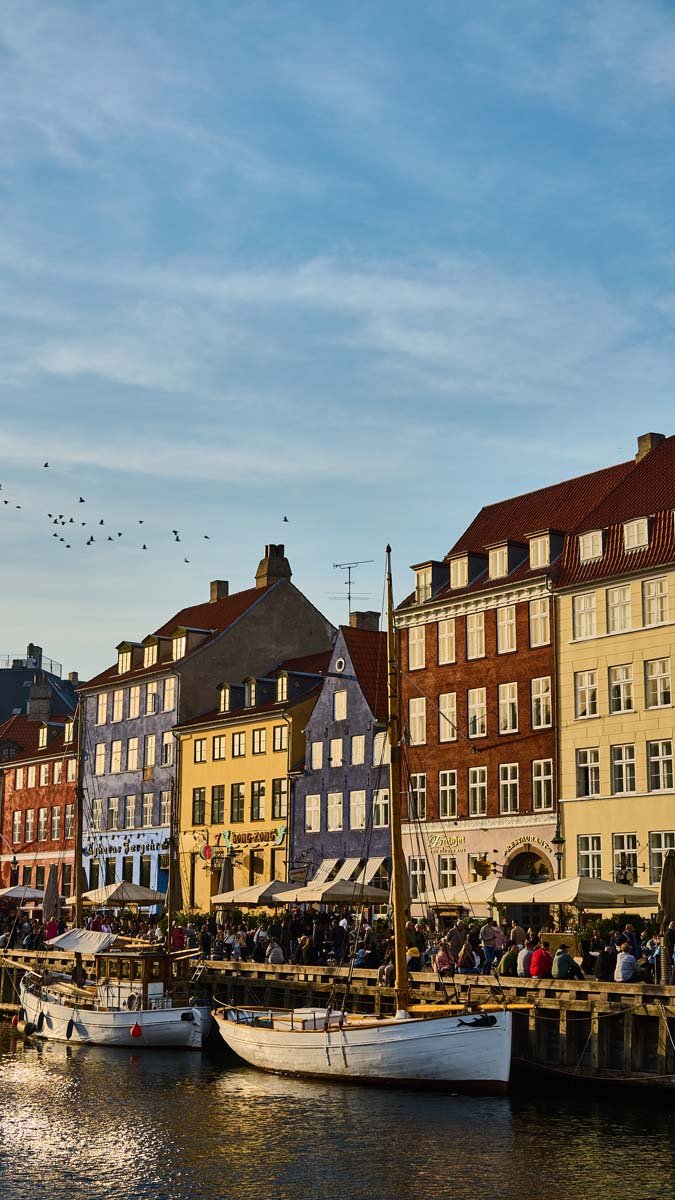
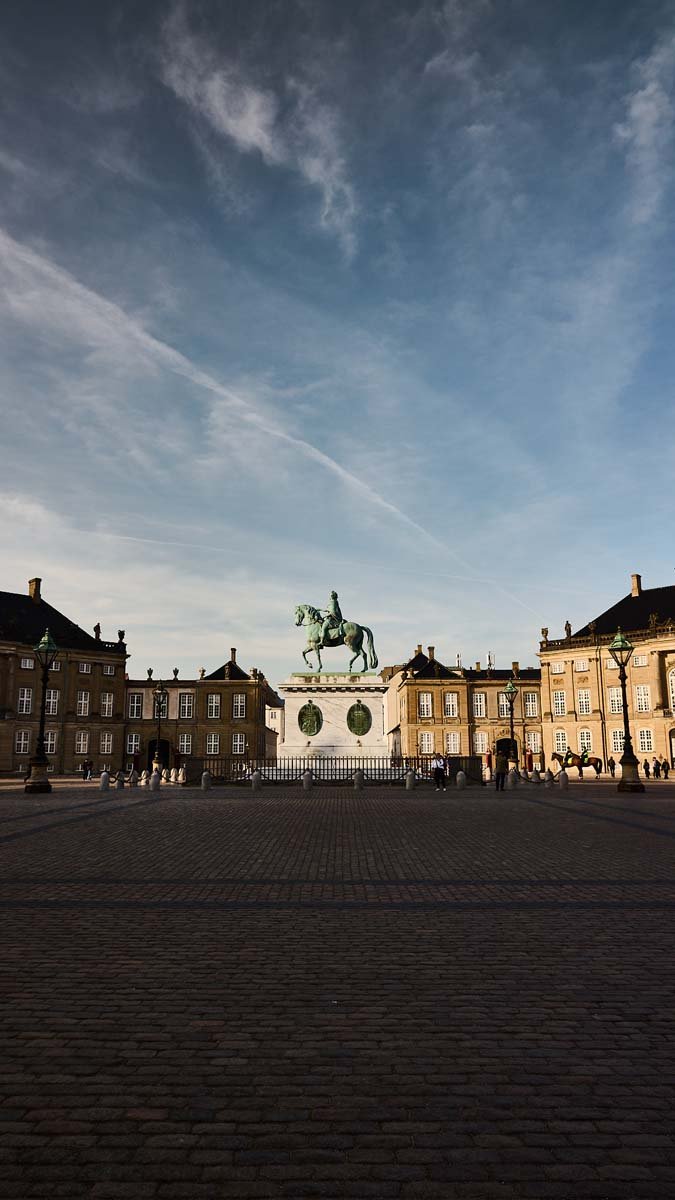
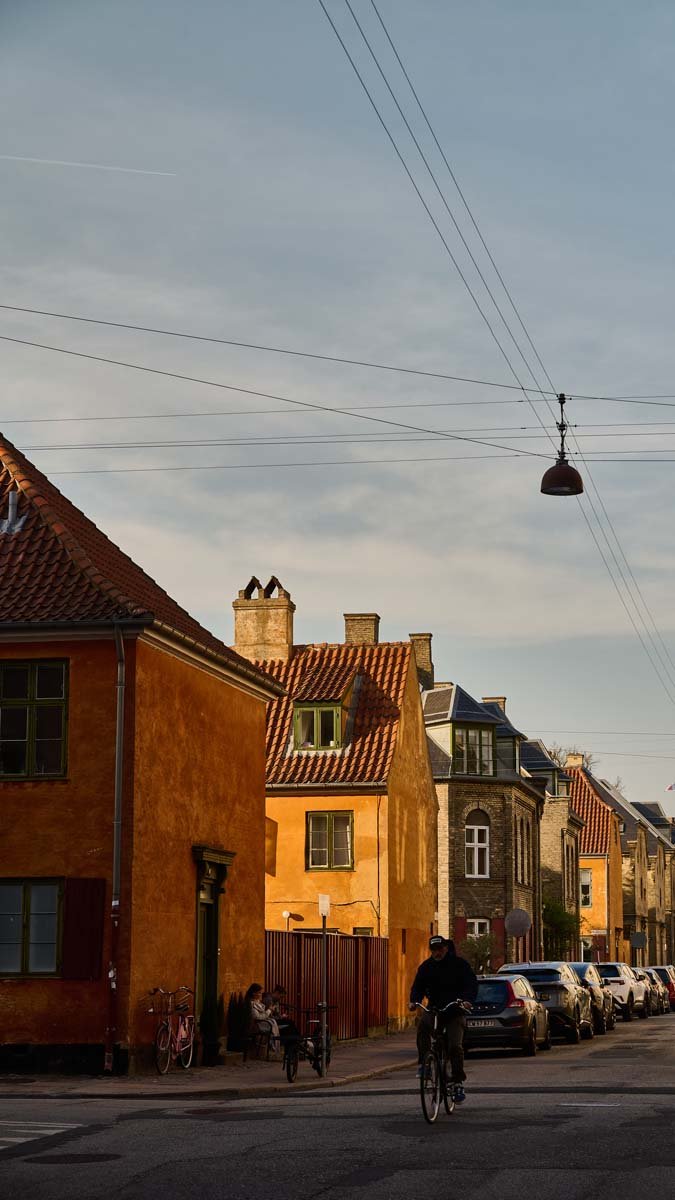
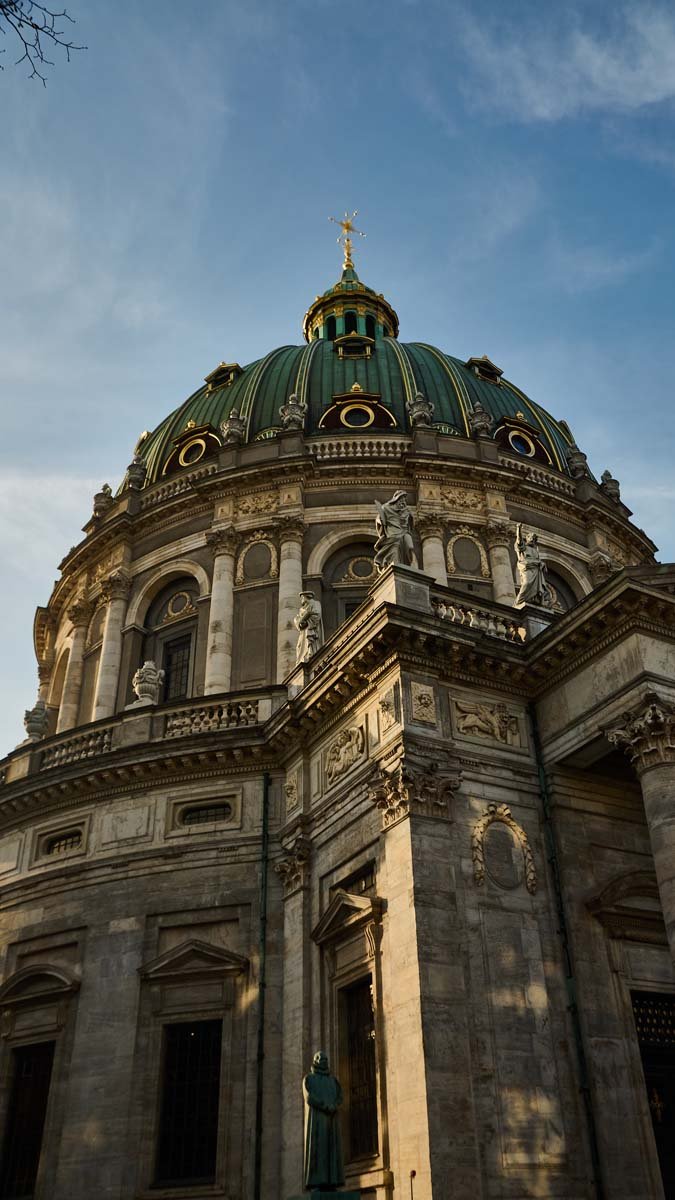
Right off the bat, I’ve got to give props to the transport network. From the airport to downtown Copenhagen? Just minutes. But seriously, buy the ticket—inspectors are everywhere. This time I picked somewhere halfway between the airport and the center, but everything’s so close, didn’t really matter. I once bought the wrong metro ticket and, after a friendly inspector tapped me on the shoulder, I had to hop off and walk one stop. For me that was apocalypse—I begged strangers for help… but then I saw something that seems possible only in the Nordics (or maybe southern Europe, too): every other family home had its front door wide open late at night. Bikes, wheelchairs, scooters just parked unlocked on the street. Not investment advice, but let me tell you—that blew my mind.
Copenhagen is gorgeous. Whether it’s the architecture, that sense of sustainability, the cleanliness, or the friendly people. In the last book I read (What Culture Can Do), they talk about Copenhagen as one of the best places to live, thanks to these smartly-scattered cultural hubs. It’s not like Prague where only the tight center is “interesting.” You stroll anywhere and there’s something going on. And everything’s reachable by foot or bike. I’m team walk—no need to pedal.
Like any big city, Copenhagen has its tourist hotspot, and that’s Nyhavn. If you like your personal space, avoid it. It's a picturesque canal lined with colorful houses and old ships—18th-century ones, yes. Charming, but I wouldn’t sit down for dinner there. Just outside the denser center is The King’s Garden, and a bit further, you’ll hit the national gallery, SMK. National galleries are my thing—I always pretend I understand art and speed past retirees on staircases. But the Copenhagen one kinda let me down. I like dramatic, horror-and-death-filled paintings, the Goyas and Boschs of the world—but nope, nothing like that. My guess? Denmark is just not a land of drama, massacres, or genocide. It’s a Nordic country, untouched by crusading fanatics, slipping through marshes and heaths. So the gallery is full of portraits and landscapes. I need to get back to Spain—there’s stuff there.






Then there’s Christiania, a category unto itself. A city within a city—and something you just have to experience. A bit off-center, this place supposedly runs on its own rules and laws. Back in the ’70s they declared themselves an anarchist commune and don’t really care about EU rules. I don’t know—they have payment terminals and they didn’t bat an eye at my euros. It’s split into two parts—maybe even three. The first part is beautiful: barefoot kids playing in the streets between waterfront houses. It’s idyllic. But step into the next part—doesn’t matter if it’s 11 AM or 11 PM—and it’s a whole different world: drunk and high folks, still living in the ’70s. I wasn’t scared, we’re still in Denmark—but I’m amazed how these communities coexist side by side. Then there’s a third part that’s artsy and architectural. Each makes you feel like you’ve stepped into a totally different, cut-off world.
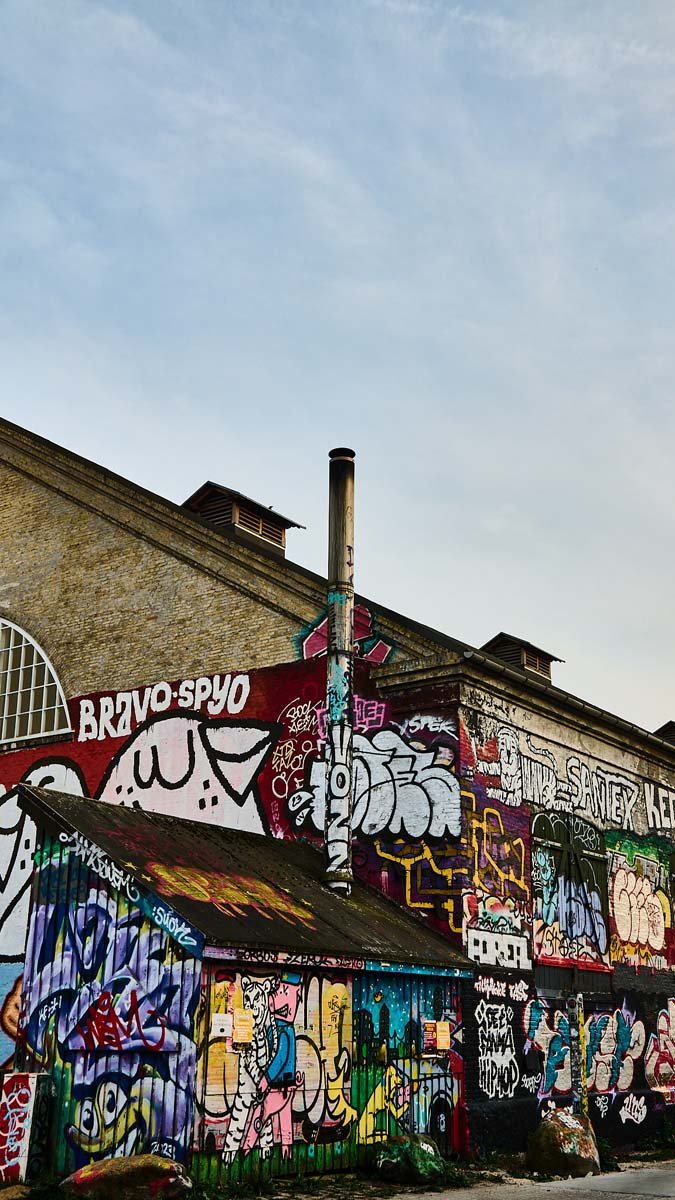
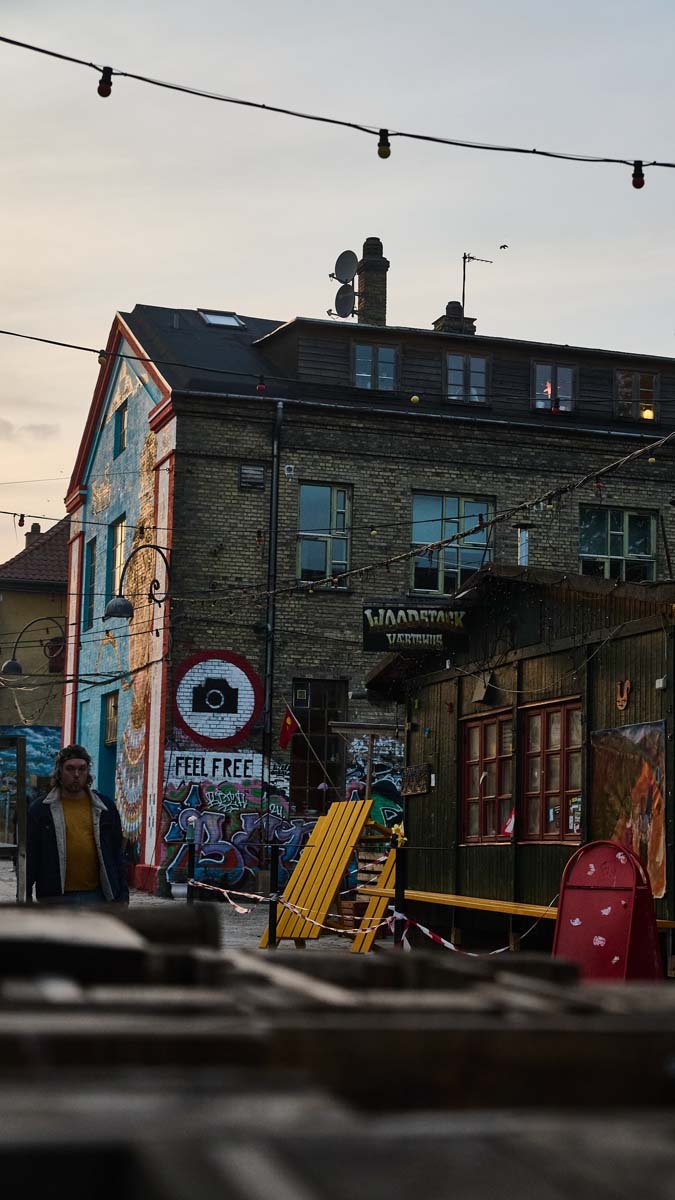
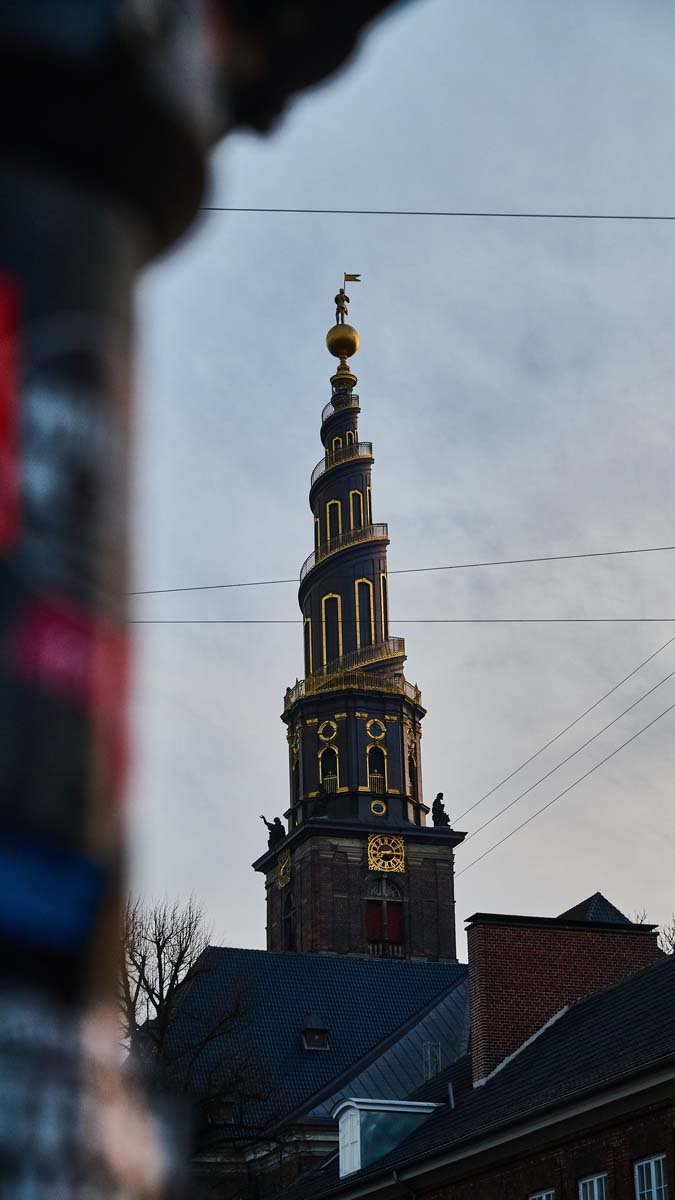
In Denmark, you’ve got a rare chance to live and travel sustainably—until reality hits. I wanted to roam around, do a quick overview and come back later for deeper exploration. Spoiler alert: that means hours and hours of driving every day. To balance out my California experience with its ridiculous car culture, I tried to rent a small electric car here. My excitement was crushed at the rental desk—they refused to lend it for long trips. Apparently small EVs can’t use fast chargers. Next time I should pick a BMW, they said. I get a lot, but not that—so fine, I went with it. The only backup is outrageously expensive trains, which don’t fit into my plan. Maybe if I traveled with someone from Christiania, they’d have the fix. Oh well, I’ll reduce my carbon footprint somewhere else.
The next day I had four hours of driving ahead and a few stops from Copenhagen to Aarhus. My first stop was the Viking Ship Museum, just minutes from Copenhagen. Super awesome spot to get hands-on with Viking boats—boats of every length and shape, plus that crunchy wind included. Here’s a money-saving tip: the outdoor part is totally free. Inside… eh, pretty boring, not worth the entrance fee. Saved myself around 1,000 CZK. Tried it, regretted it. Use that money for a coffee and pastry instead. Denmark is ridiculously expensive. Not quite Norway, but we're close. So watch where your money goes.
Like, travel costs. Warning number two: between the Danish islands there’s a toll bridge. And it’s not a small toll—you’re paying around 1,000 CZK per crossing. So factor that in.
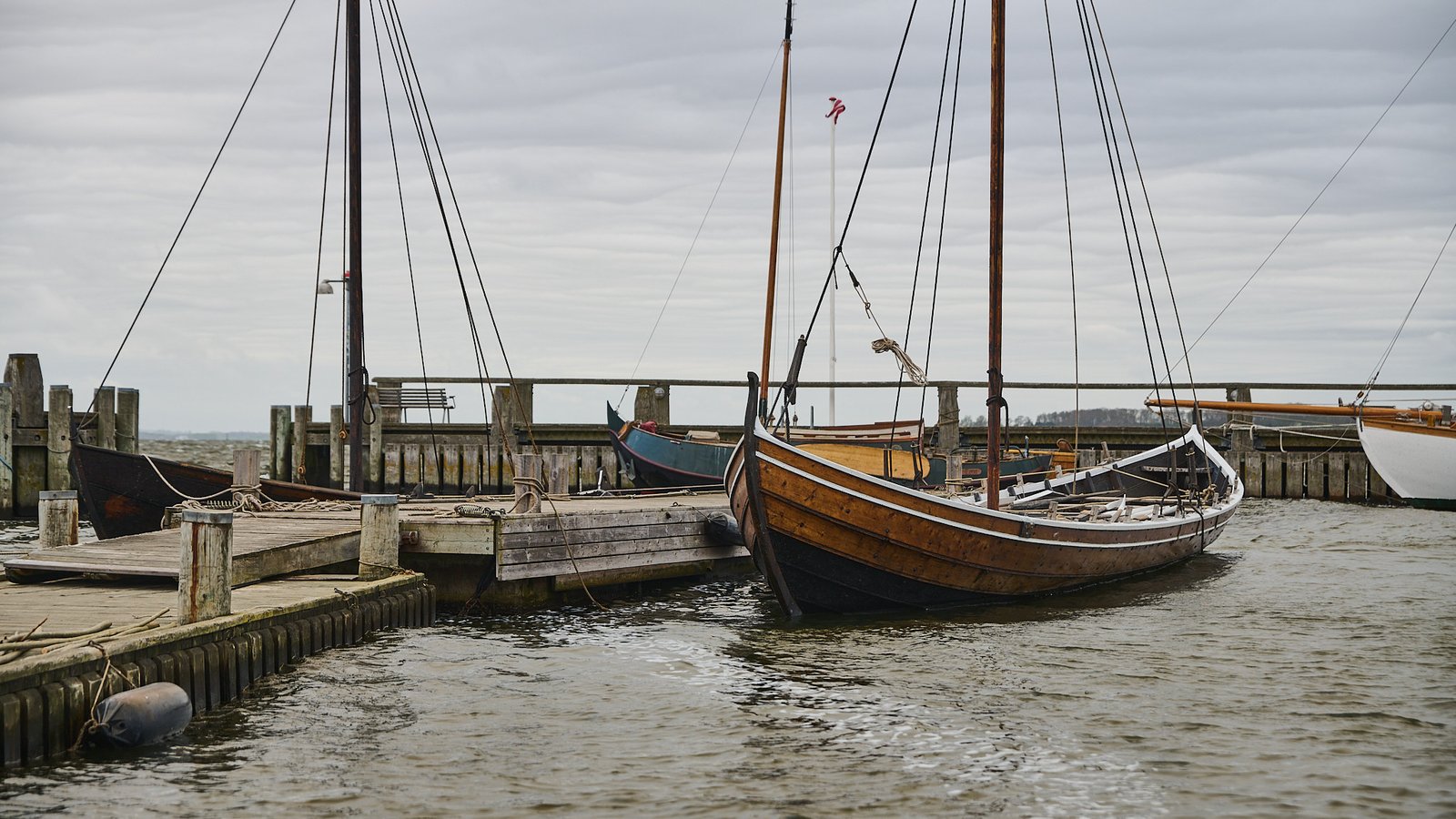
Next, I’m heading to Odense, birthplace of Hans Christian Andersen, and of course I had to check out his house. Though I didn’t expect it to feel like a Tullamore distillery gift shop experience. Bought some plush toys for the ladies and kept on rolling.
On the way to Aarhus, there was this one spot I wanted to see—purely for the visual. From afar it looks like a hill; up-close it seems like an old stone house, maybe a fridge or a shelter? A bit later than recommended, I learned it’s a big stone tomb over 5,000 years old, big enough for fifty people. Oh well, moving on.
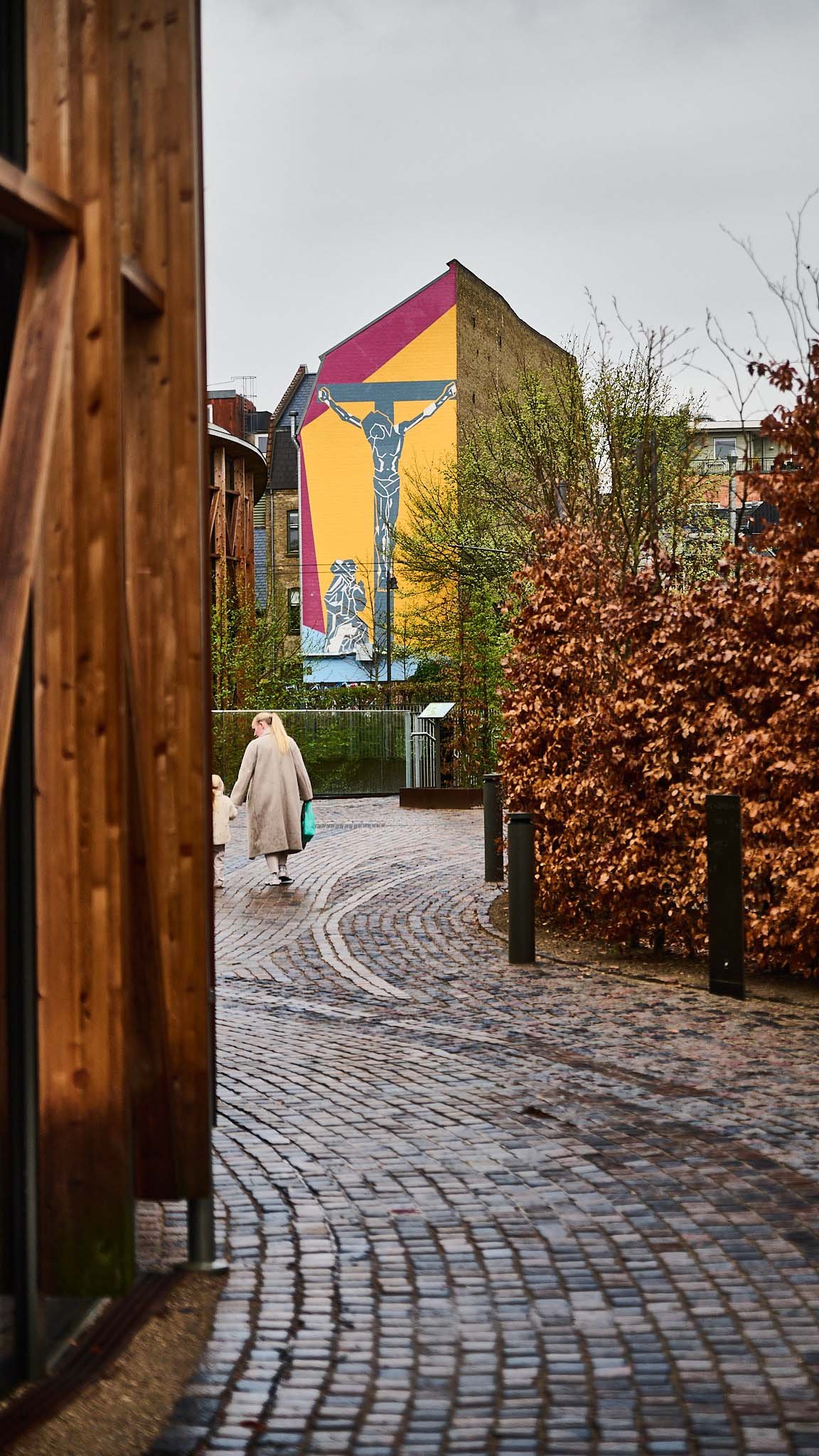
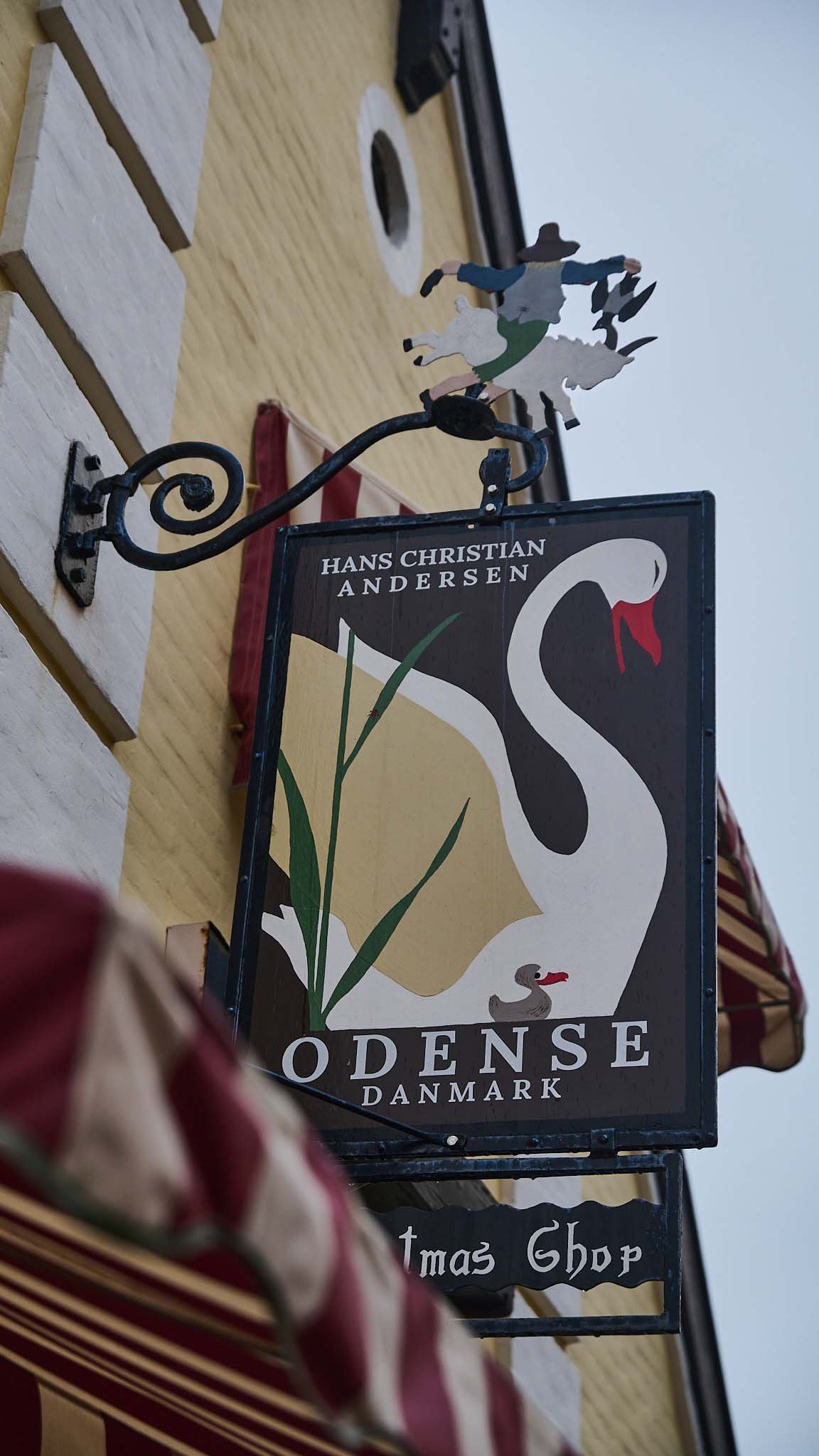
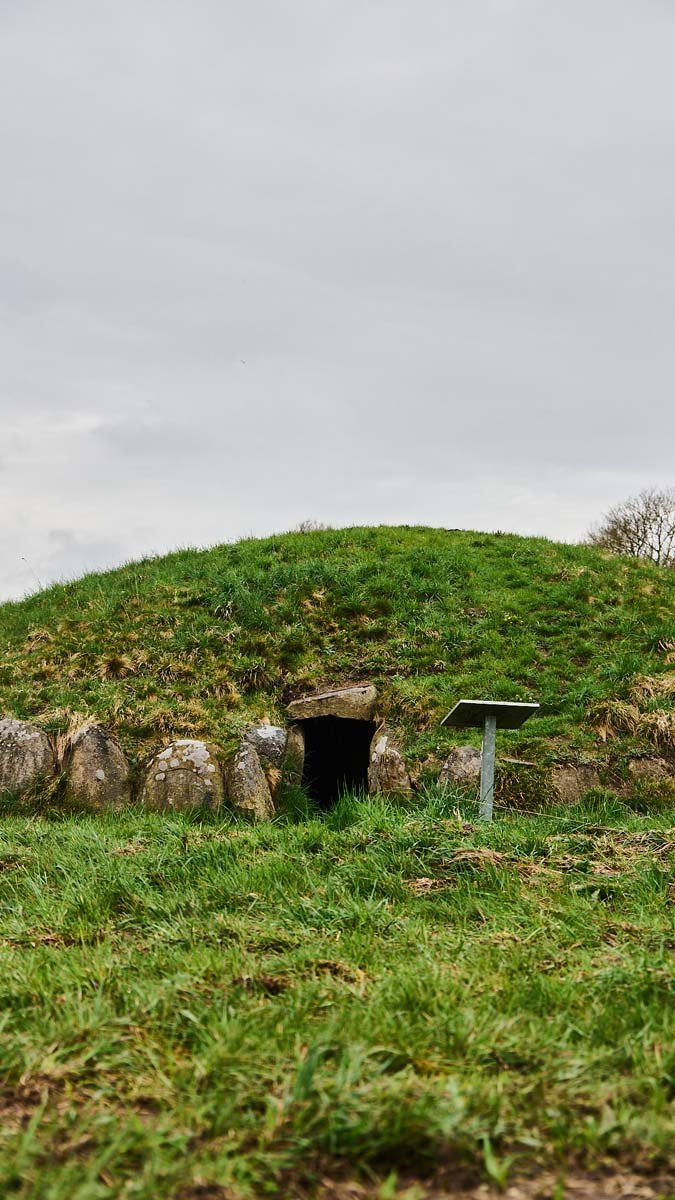
In the city of Aarhus, there’s Den Gamle By. Before I arrived, I had no idea what to expect. And I bet you don’t either. After a full day of travel, I only had just over an hour for this insanely interesting place—I’d much rather have spent a whole day there. The Danes take open-air museums to a whole new level. All the ones I’ve seen around the world are just about architecture and artifacts. You buy a ticket from some old lady at the entrance and that’s it. Here, it’s a deep dive into 400 years of Danish culture. In each themed district, real people work and pretend to live there. In the stables, folks care for animals; nearby, a woman is baking pies; across the street is a fully operational bank. They even brew beer in a historic brewery. I’m out here sharing brewing tips with local brewers from the country that drinks the most beer in the world, then I’m off. Unbelievable.

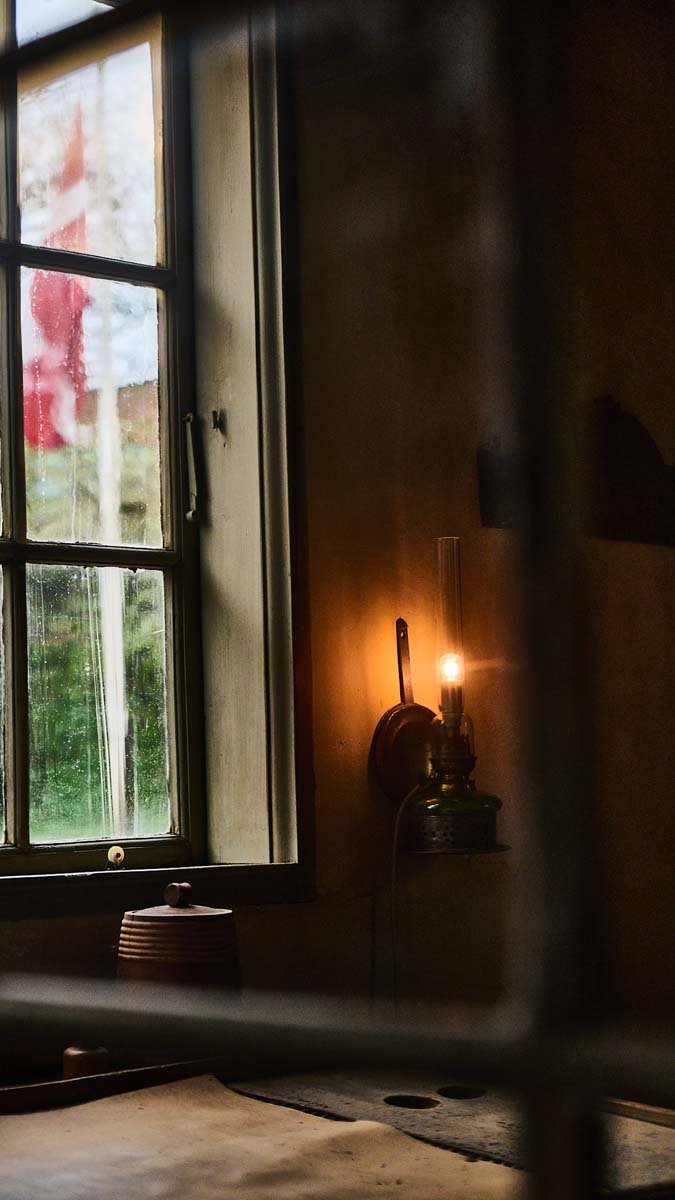
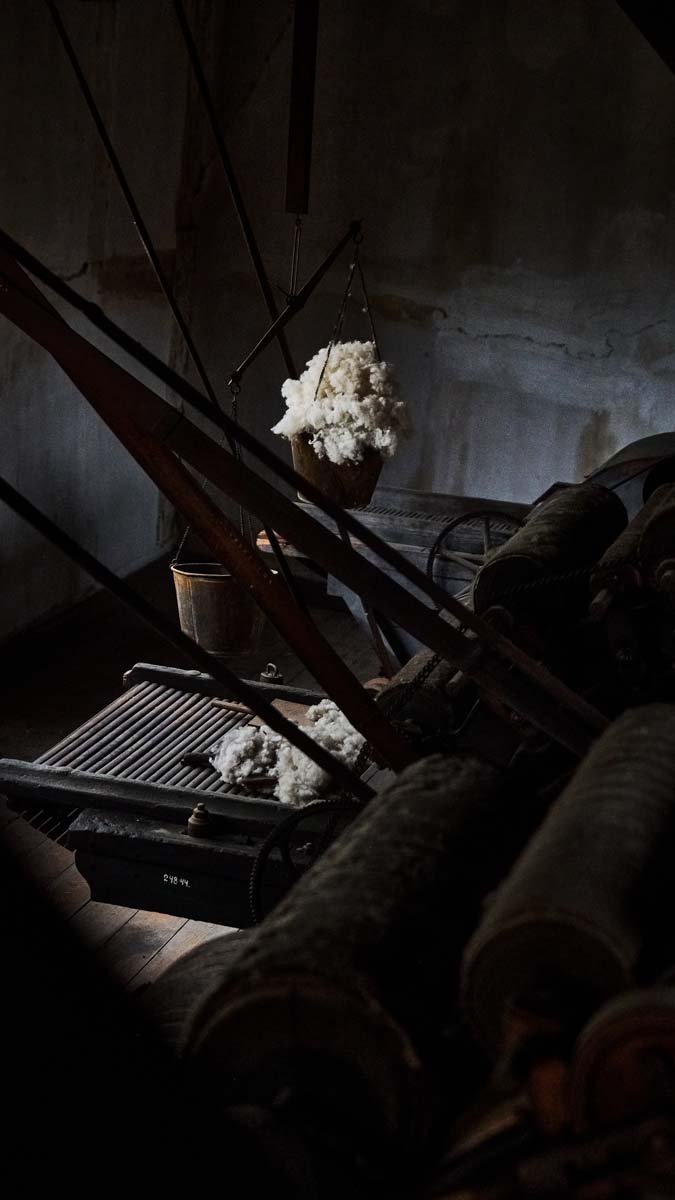
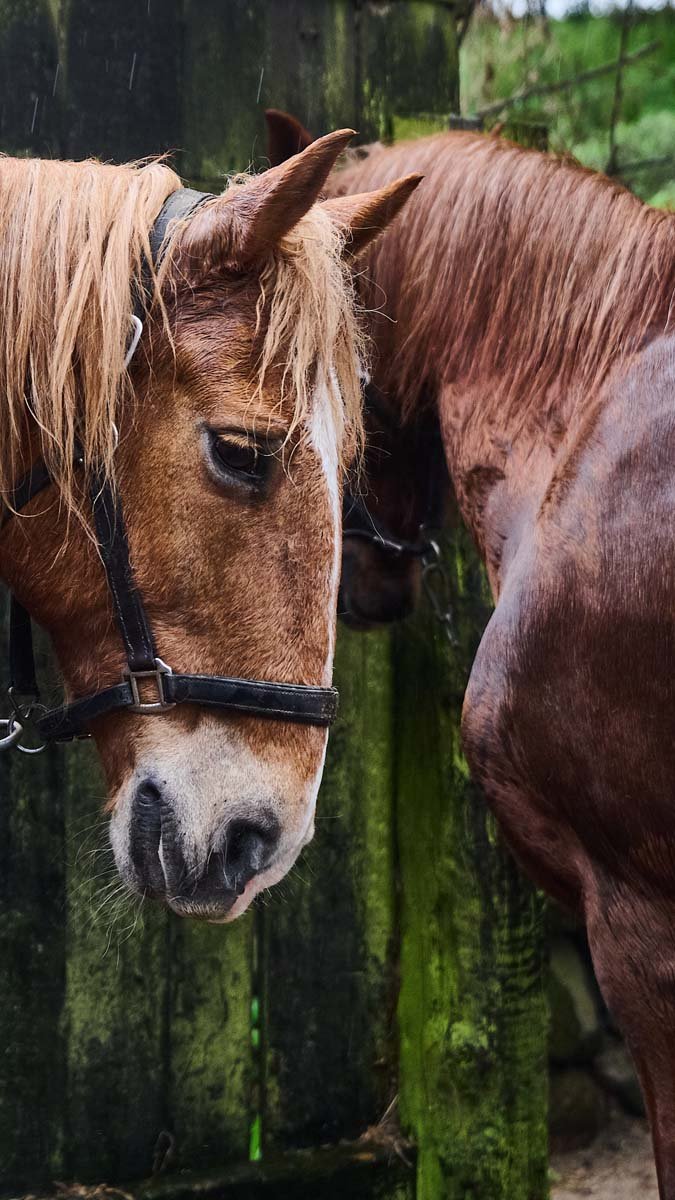
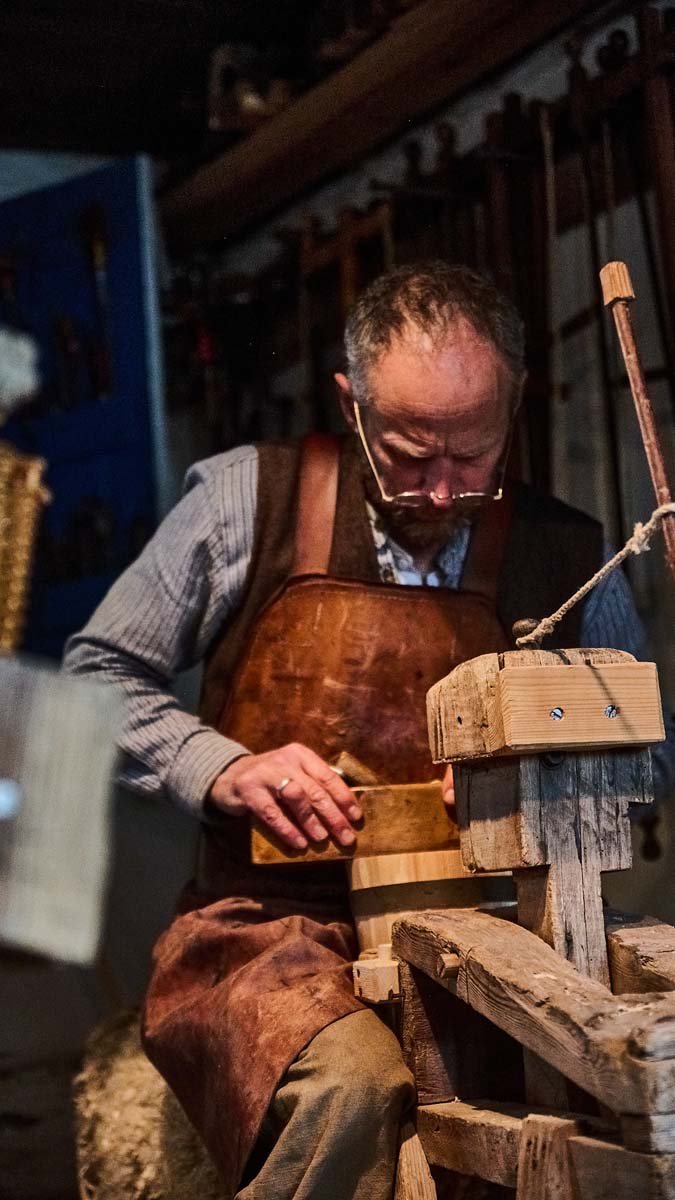
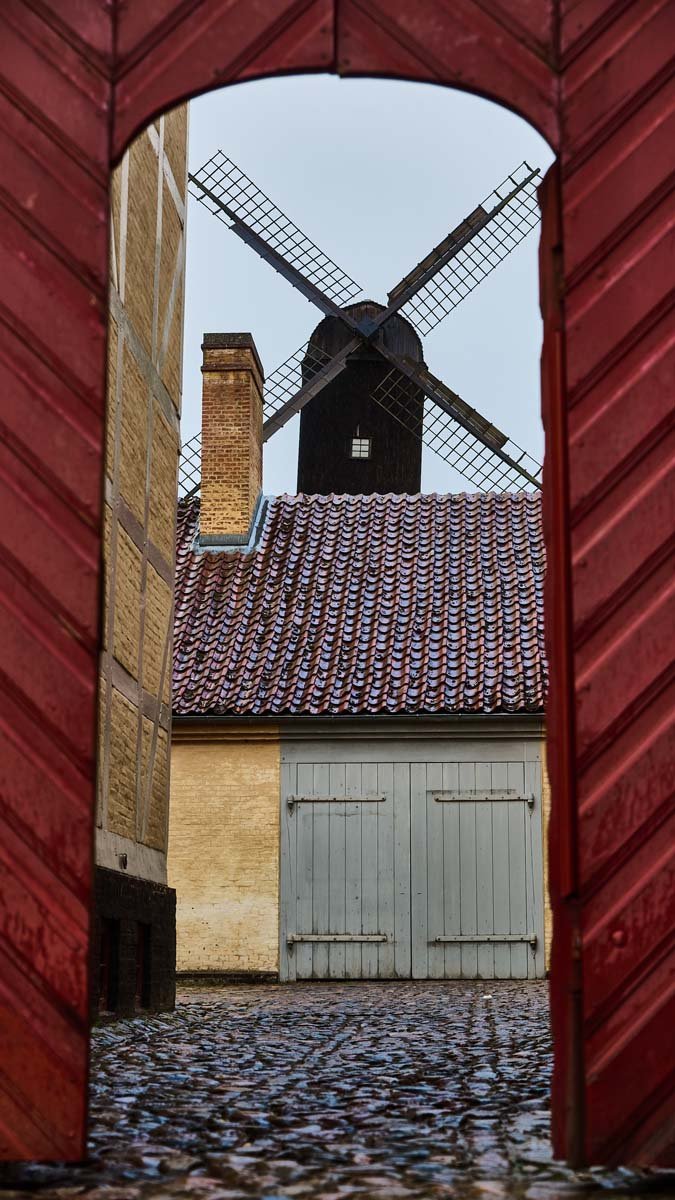
My mission in Aarhus is clear: taste some Danish wine. Yep, they grow grapes and make wine here. First, though, I’m visiting a few spots—you’ll see them marked on the map below. I’m realizing that not every wine bar knows much about Danish wine. But here’s something funny: I stopped at three places—each sells wine or beer. But they can’t serve it to you, probably because of licensing. Just a street away, though, there's a bar with the same name where they’ll pour it. Danish wine turns out to be pretty decent—you'll find some tips in the handy section.
Day three brings a real journey north. But that kind of spirals into a survival experience—that story is for next time… Nope, wait, I’ve got your attention, so let's go now. But first, I have to praise the Danes’ attitude toward cars. In Aarhus you simply can’t park. I went on a frustrating quest for good coffee and it took me a minute to figure out how parking works in Denmark. Big cities have massive underground parking garages with flat rates. Totally brilliant—and now I know better.
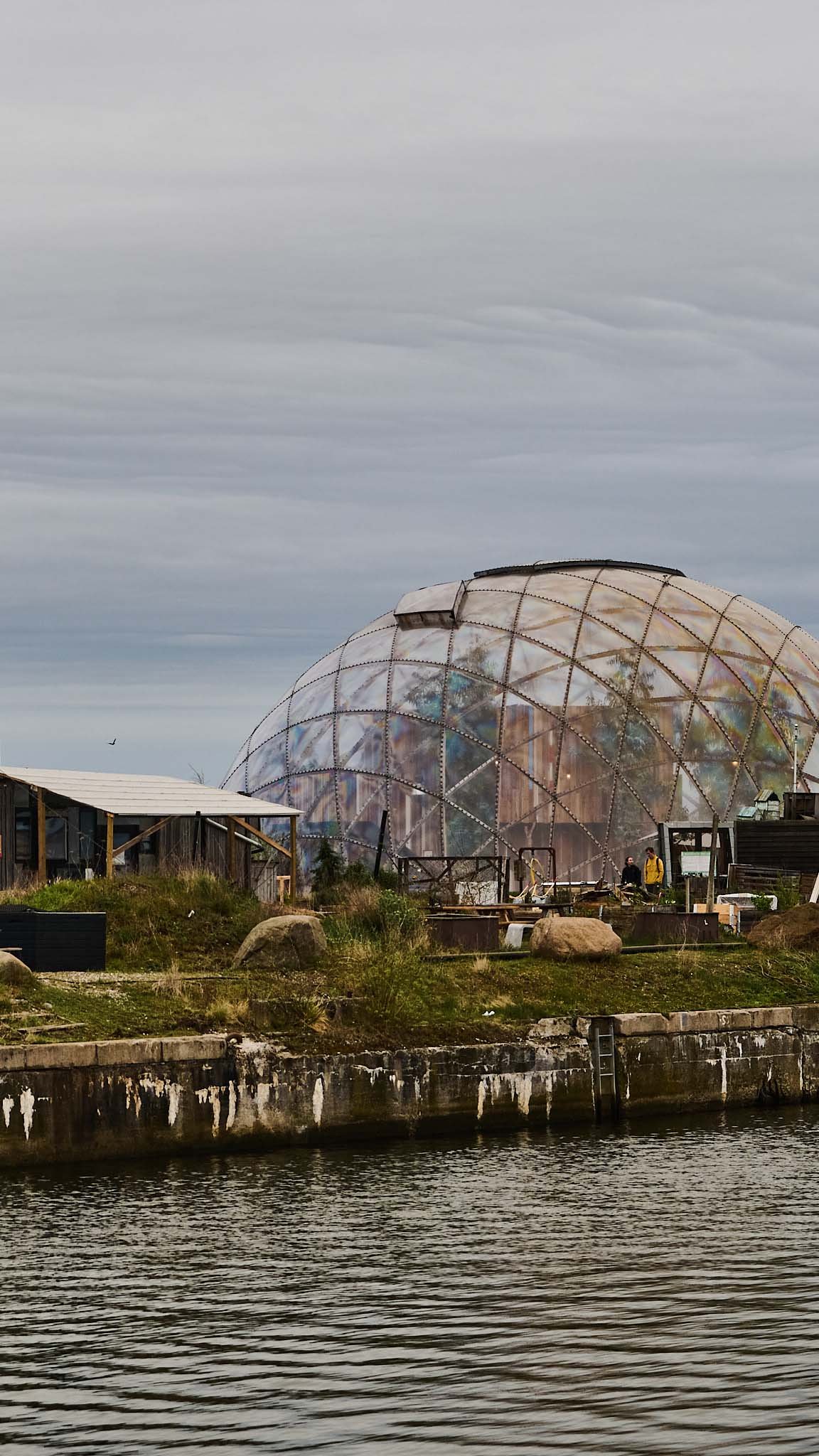
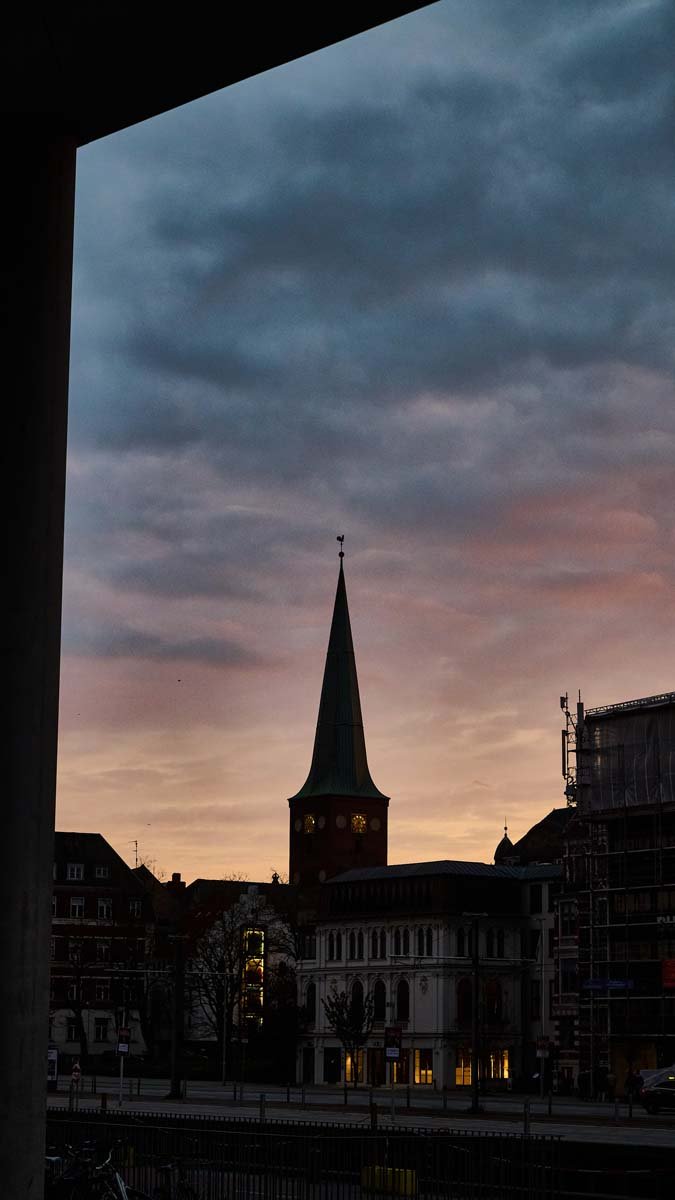
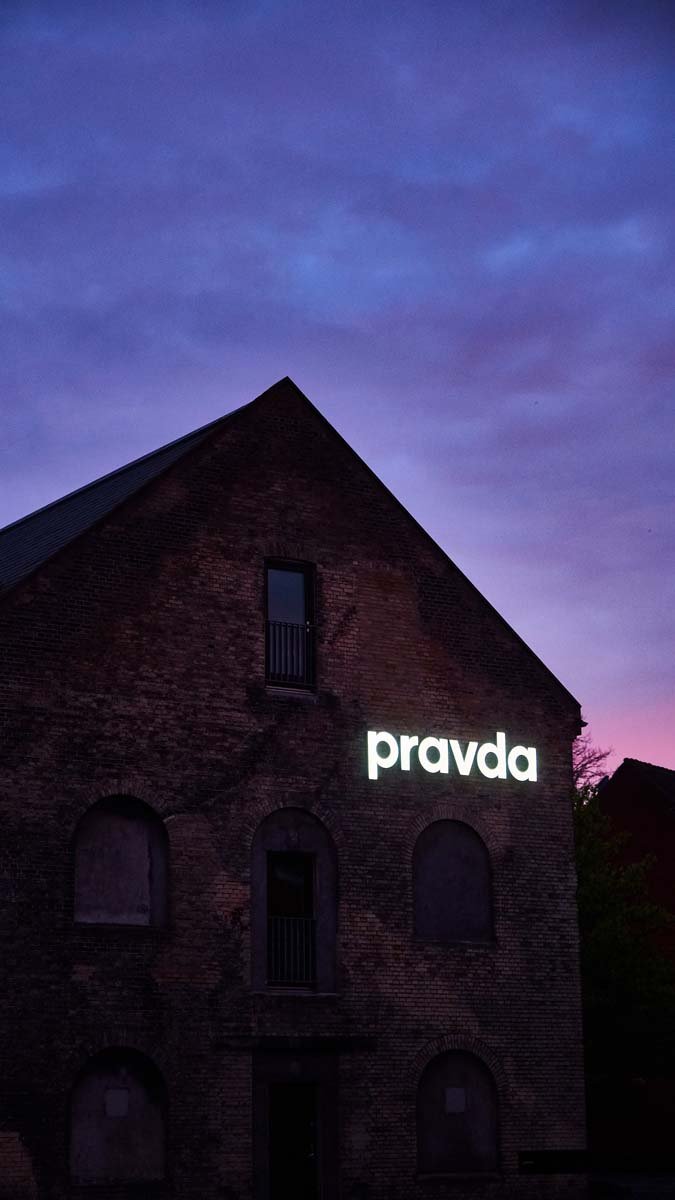
Today I’m hitting three spots. First up is Thorup Strand. Probably one of the last places in Denmark where you can witness fishing in action. Dozing boats sit next to giant bulldozers waiting to unload. If you’ve got more time than me, grab a Fish & Chips at the local restaurant. You won’t find fresher fish anywhere.
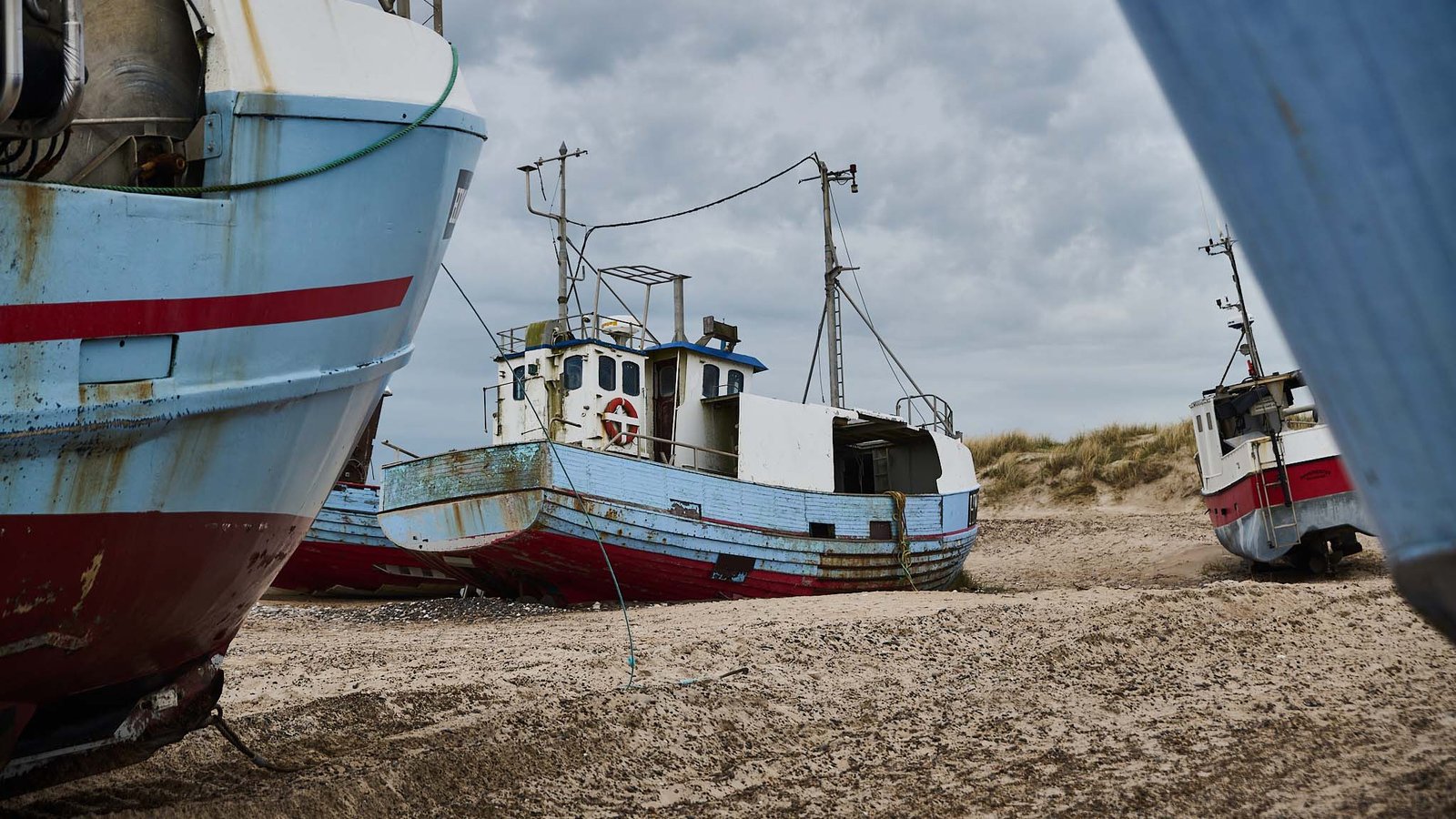
My next stop is the famous lighthouse Rubjerg Knude Fyr. A few years back they physically moved it a bit inland so the sea wouldn’t swallow it. I was expecting crowds—but I didn’t see a soul. Danish weather—wind and rain—has its perks. Nobody wants to deal with it. From the parking lot, it’s just a few hundred-meter walk to the lighthouse, and the world literally changes beneath your feet. You start out in bushes and end up at the edge of the universe: giant sandy dunes, waves and wind thrashing against rocks beyond the horizon. The wind and rain are so intense that no matter how high-tech your outdoor gear is, it doesn’t matter. That’s why I didn’t leave my drone in my pocket—it’s got its blessings, so I give it a final blessing and go for it. I’ve never experienced weather this harsh—not even in Iceland. Despite all the nastiness, the equipment held up. I figure I’d die before the lens broke.
Note to self: always bring an extra change of clothes. Sopping wet, I hop in the car and turn the heater on full blast. Cross your fingers for me.
The final adrenaline shot is the northernmost point in Denmark, Skagen. Specifically, the church Den Tilsandede Kirke. Thankfully, most of my clothes dried out. Unfortunately, it’s raining again. But it’s not as dramatic this time. Sure, I could’ve stayed in the car—but I didn't let that stop me and head out. What didn’t seem dramatic at first changes fast around the church. That brilliant sunny day in Copenhagen? It’s losing its warmth in my mind. It was just an anomaly.
Once again soaking wet, I jump in the car and drive to Aalborg, where I’ll spend the night. I’m too beat for big-city vibes tonight, so I grab a bite at the nearest spot—which happens to be pretty cool. Kinda factory-style space with a bunch of street food stalls.



I’ve got one more full day in Denmark—mostly spent on the road. But as I head back to Copenhagen, there’s at least one more stop worth seeing. Yup, it’s another open-air museum. I love discovering the culture and history of the places I visit. It gives you insight into why locals leave their doors open at night, don’t lock wheelchairs, and cycle everywhere. Sagnlandet Lejre is a different kind of open-air museum, and I visit it on Easter Sunday. It’s a massive outdoor complex that tells the story of life thousands of years before Christ—showing Viking culture in that romanticized light we all recognize. Totally worth it. Unlike Den Gamle By, which showcased urban culture, this one’s all about life in the fields and forests.
Evening comes, I return the car at Copenhagen Airport, and head into the city. I’m starving—I want fish. Most (good) restaurants are full, so I play it safe and end up in an Irish pub with Fish & Chips. Liverpool vs Leicester is on the screen—it’s Premier League night. Lucky for me, the pub is full of Liverpool fans, so no drama ensues.
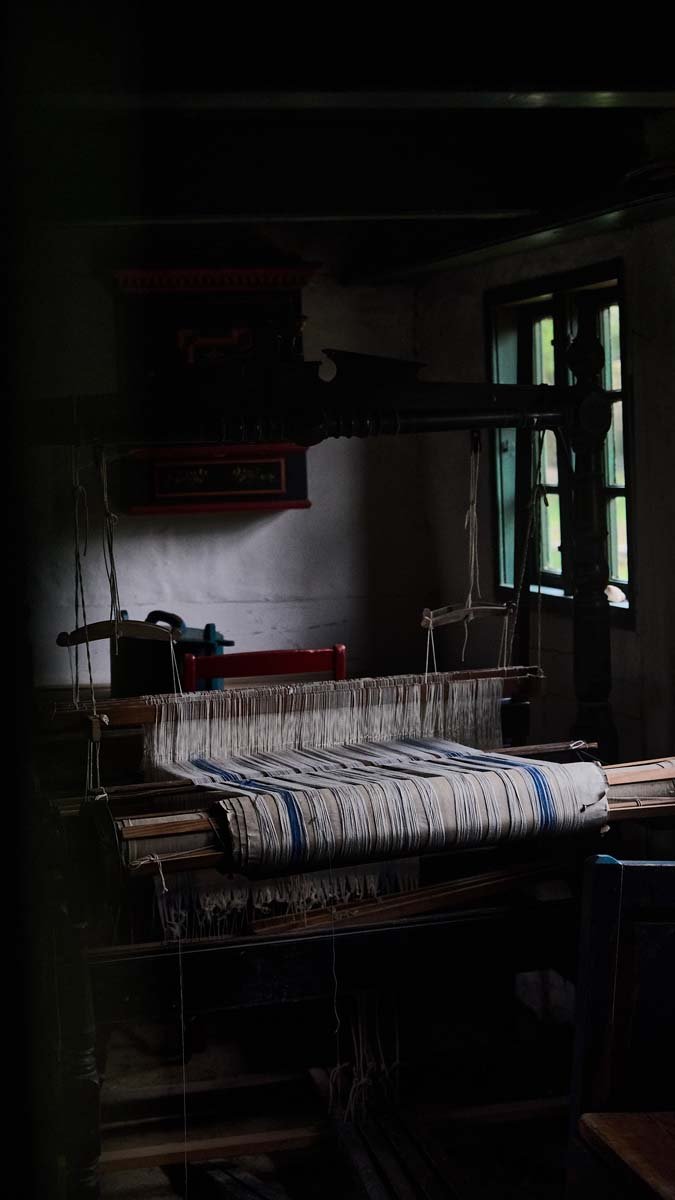
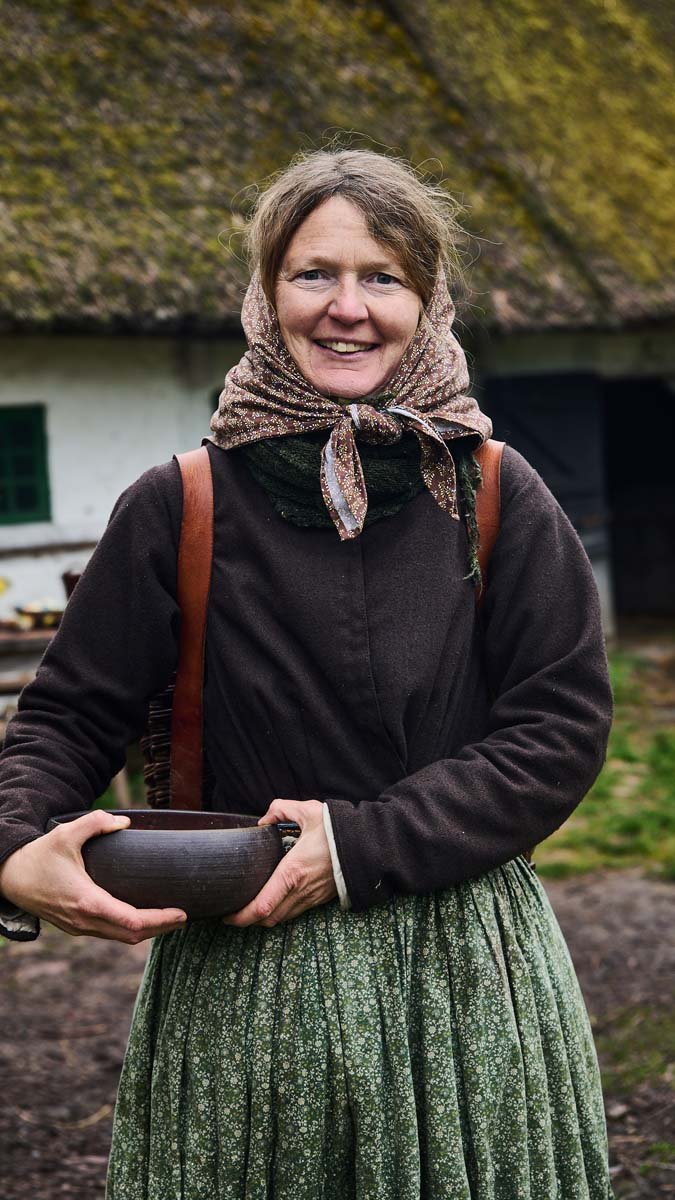
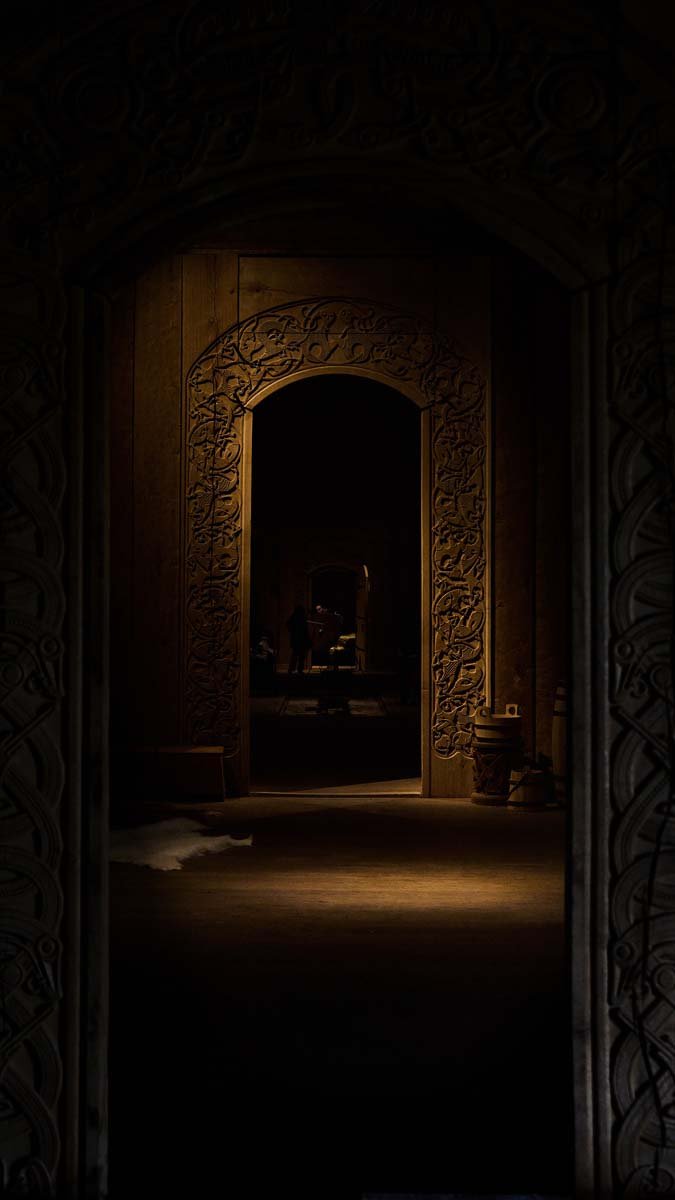
Is Denmark worth visiting? Absolutely—and I’ll happily go back for longer than just four days.
Where to rent a car and what kind – I use Rentalcars.com to compare prices, then usually book directly with the provider. It often includes insurance and you’re dealing directly with the rental company. I’d go for something small and fuel-efficient here. It’s pricey. If you want to make use of the great EV charging network, rent something fancier. At the Copenhagen airport, you’ll need to hop on a shuttle to get to the rental place. It’s not exactly around the corner.
Always buy metro tickets – seriously, it's worth it.
Use underground parking garages.
Pretty much everything in Denmark opens at 10:00 and closes around 17:00.
Bring good waterproof clothes – you’ll be glad you did.
Make restaurant reservations in bigger cities.
I didn’t need cash even once.
Subcribe to my email list and once a month (probably every half a year, haha) you will get email and explore original stories, look behind the scenes and be the first one to know what’s going on.
Do you have a project I can help you with? I help non-profits, agencies, farmers and people with product tell their stories. Let me help tell yours.
Contact me
I am a filmmaker, documentarist, and environmental ambassador. I tell stories—through film and photography—about those shaping a sustainable world. From mezcal distilleries in Mexico to Moravian vineyards, I capture narratives that matter. I also craft experiences in UI/UX design and create music. When I'm not behind the camera, I travel, drink good wine, and enjoy great whiskey.